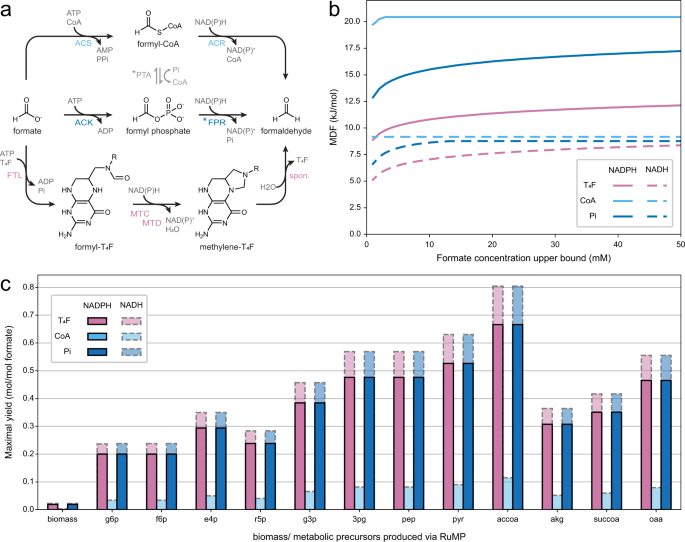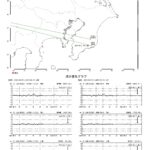2023-05-12 インペリアル・カレッジ・ロンドン(ICL)
◆研究チームは、MAGPIE装置を使って8つのプラズマジェットを加速して衝突させ、回転する柱を形成しました。その結果、回転する輪の内側に近いほど速く動いていることを発見し、これは宇宙における降着円盤の重要な特徴であることがわかりました。
◆これにより、ブラックホールが成長する際にどのように物質が軌道上にとどまるのか、また、プラズマ内の磁場不安定性が摩擦を引き起こし、ブラックホールに落ちる原因となる可能性があることが示唆された。また、研究者たちは、この実験が、自然界における降着円盤の性質をより正確に特定することにつながることを期待している。
<関連情報>
- https://www.imperial.ac.uk/news/244813/shining-ring-around-black-holes-recreated/
- https://journals.aps.org/prl/abstract/10.1103/PhysRevLett.130.195101
準ケプラー型、微分回転型、自由境界型実験室プラズマの特性評価 Characterization of Quasi-Keplerian, Differentially Rotating, Free-Boundary Laboratory Plasmas
V. Valenzuela-Villaseca, L. G. Suttle, F. Suzuki-Vidal, J. W. D. Halliday, S. Merlini, D. R. Russell, E. R. Tubman, J. D. Hare, J. P. Chittenden, M. E. Koepke, E. G. Blackman, and S. V. Lebedev
Physical Review Letters Published 12 May 2023
DOI:https://doi.org/10.1103/PhysRevLett.130.195101
ABSTRACT
We present results from pulsed-power driven differentially rotating plasma experiments designed to simulate physics relevant to astrophysical disks and jets. In these experiments, angular momentum is injected by the ram pressure of the ablation flows from a wire array Z pinch. In contrast to previous liquid metal and plasma experiments, rotation is not driven by boundary forces. Axial pressure gradients launch a rotating plasma jet upward, which is confined by a combination of ram, thermal, and magnetic pressure of a surrounding plasma halo. The jet has subsonic rotation, with a maximum rotation velocity 23±3 km/s. The rotational velocity profile is quasi-Keplerian with a positive Rayleigh discriminant κ2∝r−2.8±0.8 rad2/s2. The plasma completes 0.5–2 full rotations in the experimental time frame (∼150 ns).



